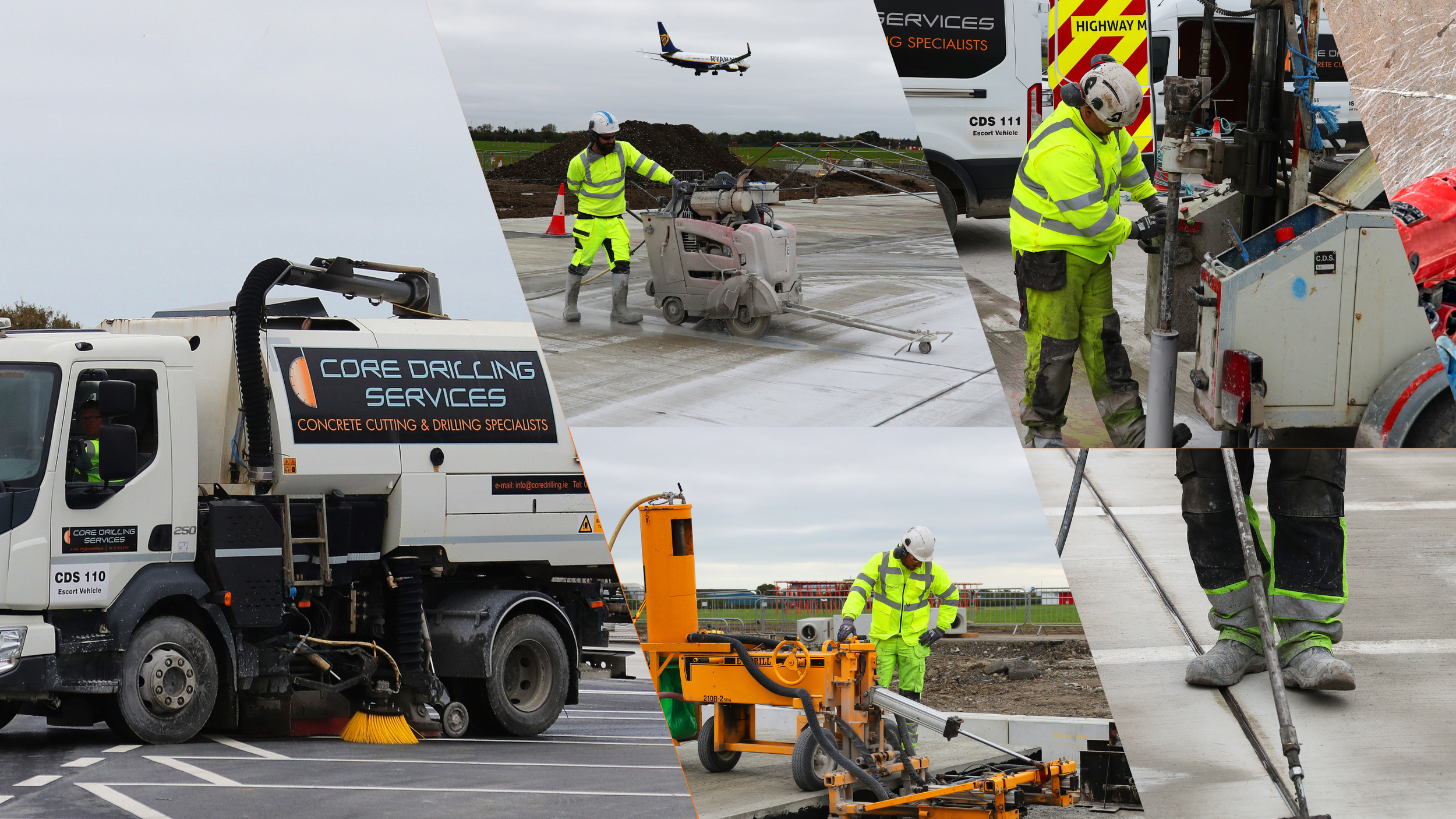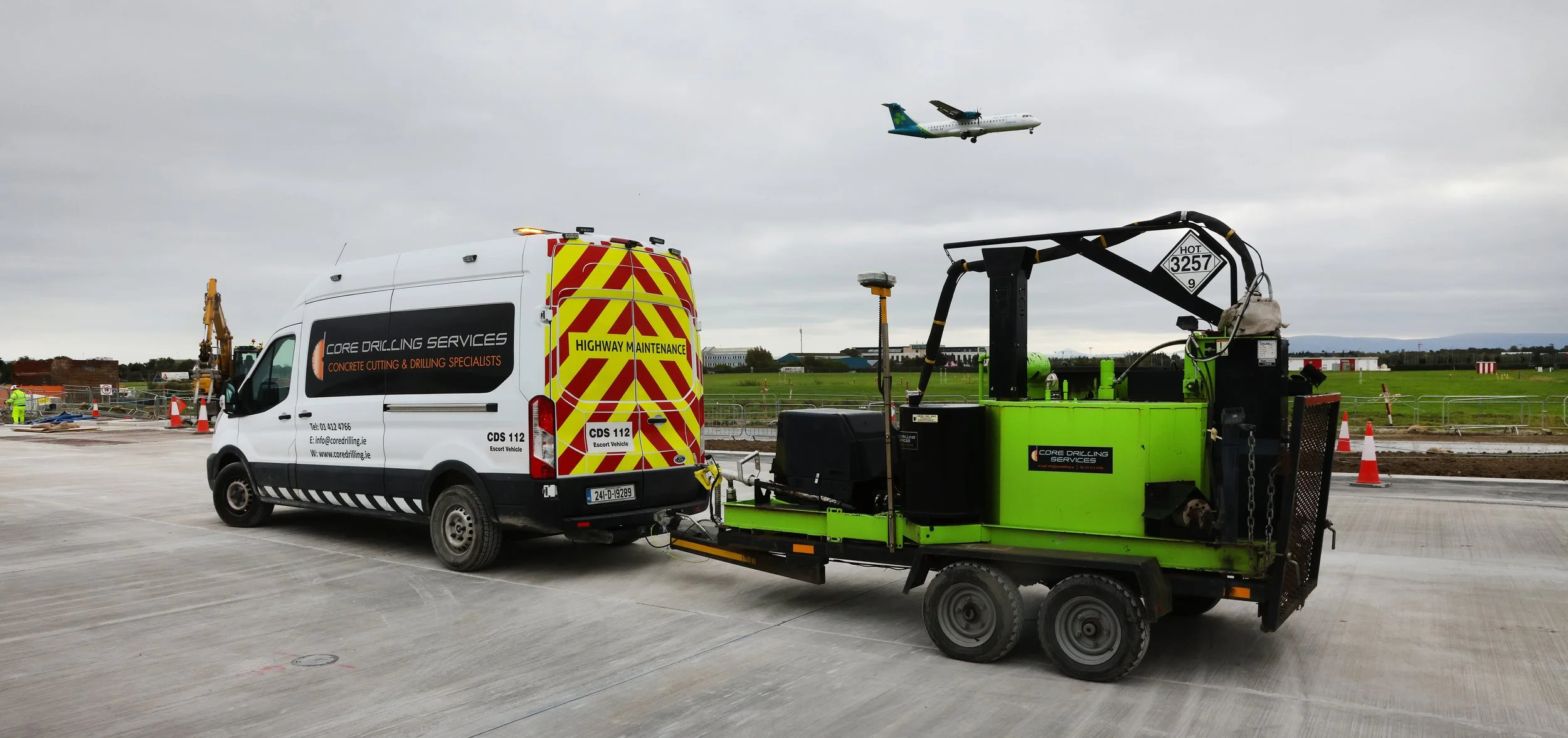
Joint Sealing - Cut, Clean, Prep & Seal.
When joints fail, water, fuel, and contaminants get in, and the structure pays the price. Solid joint sealing isn’t optional—it’s the difference between long-term performance and expensive reconstruction. Here’s the straight breakdown of how we approach it.
Our joint sealing systems are used across environments that can’t afford downtime or failures: Jet fuel exposure zones – aprons, taxiways, refuelling areas, Garage forecourts – fuel-resistant, clean, safe, Industrial campuses – heavy traffic, chemical exposure, constant movement
If the site demands reliability under pressure, these systems deliver.
Joint Preparation
Every good seal starts with clean, properly profiled joints. We remove debris, loose edges, degraded sealant, and surface contaminants. Edges are cut back to sound material, joints are dried, and primer is applied where required. No shortcuts—if prep is sloppy, the seal won’t last. We make sure it’s done right so the rest of the system performs.
Hot Mastic Bitumen Sealing
For heavy-duty environments where durability is non-negotiable, hot-applied mastic bitumen delivers. It bonds aggressively, handles movement, and resists wear from traffic and weather. Once installed, it forms a tough, flexible barrier that keeps water out and extends the life of concrete and asphalt slabs. This is the go-to choice for high-stress areas.
Cold-Pour Thioflex 555 Sealing
When jet fuel and aggressive chemicals are in the picture, the bar is higher. Thioflex 555 is purpose-built for aviation-grade protection—chemically resistant, flexible, and long-life. It’s cold-poured, making installation fast and precise without compromising performance. Ideal for airport aprons, fuel zones, and any area where spills are a fact of life.

Work With Us
When you work with Core Drilling Services, you’re choosing over 40 years of proven experience, precision workmanship, and reliability on every job.
We understand the demands of major infrastructure projects — and we deliver, every time.



